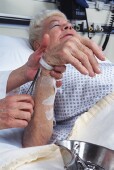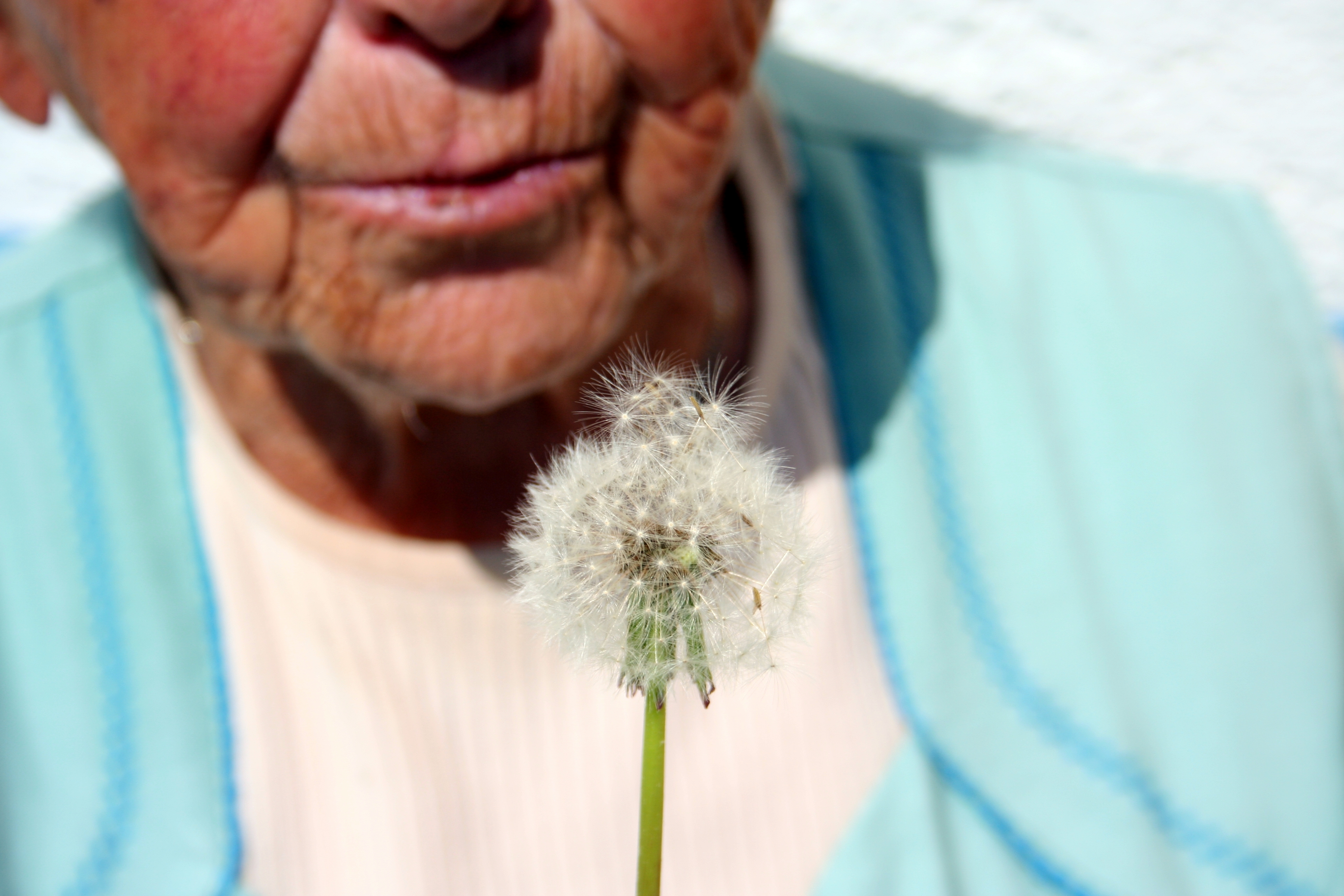
TUESDAY, Nov. 27 (HealthDay News) — Elderly people who are abused are more likely to have brain, head and neck injuries than those who suffer accidental injuries, according to a new study.
Researchers from the University Health Network in Toronto examined previous research and databases to identify the types of injuries commonly sustained by older people who are abused.
The researchers found that the cause of death in one-third of elder abuse cases was subdural hemorrhage, which occurs when blood pools in the space between the outer and middle layers of the covering of the brain. Broken ribs and injuries to the upper extremities, face, teeth, eyes and larynx are also common among abused older people.
The analysis of more than 1,100 cases found older people are most often abused when they are in a home-care setting under the care of non-professionals.
“In the cases we reviewed, the abused elderly were often socially isolated, depressed and unkempt,” the study’s lead researcher, Dr. Kieran Murphy, interim radiologist-in-chief at University Health Network, said in a news release. “The caregivers were not only financially dependent on the elderly person in their care, they were often dealing with their own substance-abuse problem.”
The researchers noted, however, that only 2 percent of physical elder abuse cases are reported by doctors.
“Unlike cases of child abuse, there is very little information available on this subject. It’s a much neglected area,” Murphy said. “Radiologists need to be aware of the pattern of injuries frequently seen in the abused elderly. More importantly, we need to integrate the physical and radiological findings with the social context of the patient to help identify those at risk.”
The study was scheduled for Tuesday presentation at the annual meeting of the Radiological Society of North America in Chicago. Data and conclusions presented at medical meetings should be viewed as preliminary until published in a peer-reviewed medical journal.
More information
The U.S. National Institutes of Health provides more information on elder abuse.

